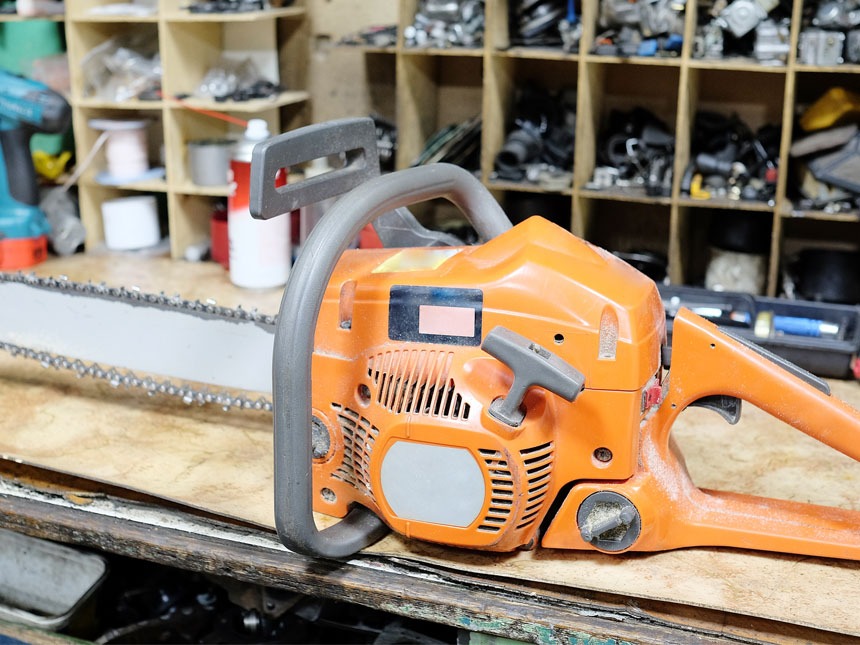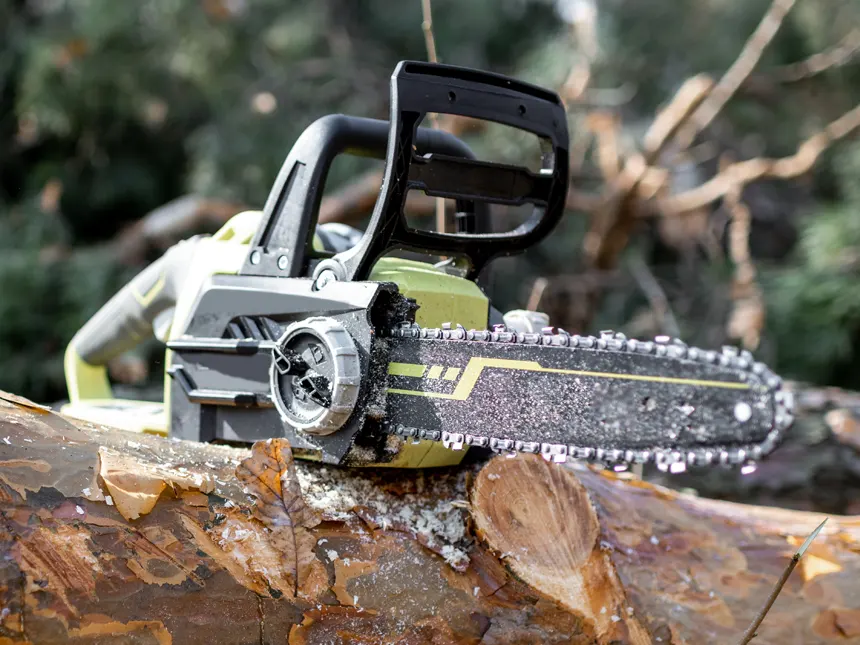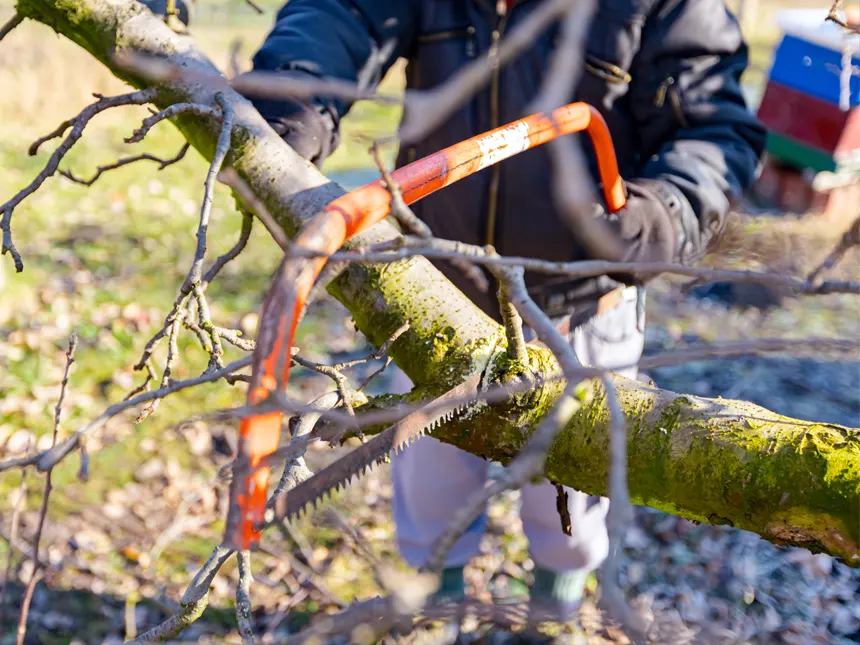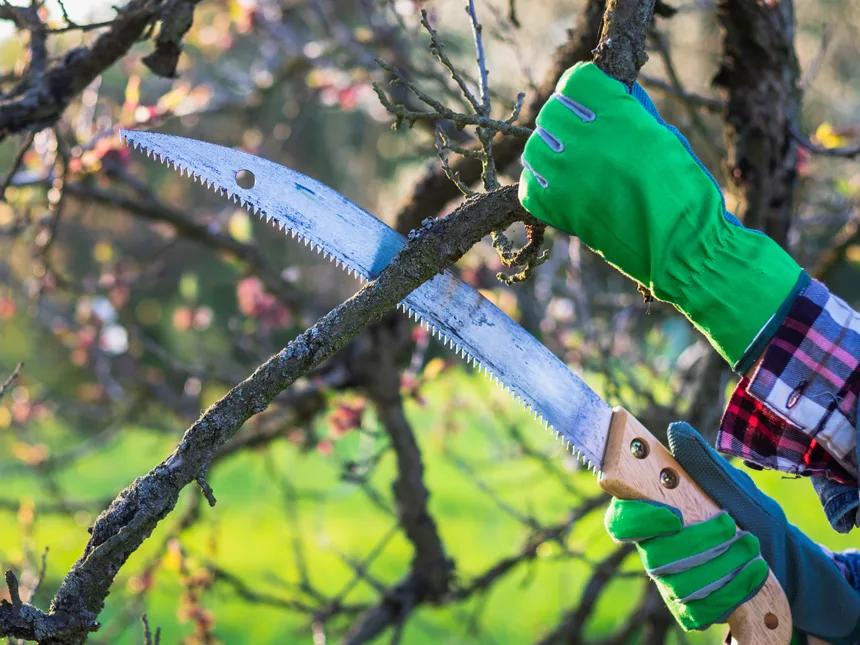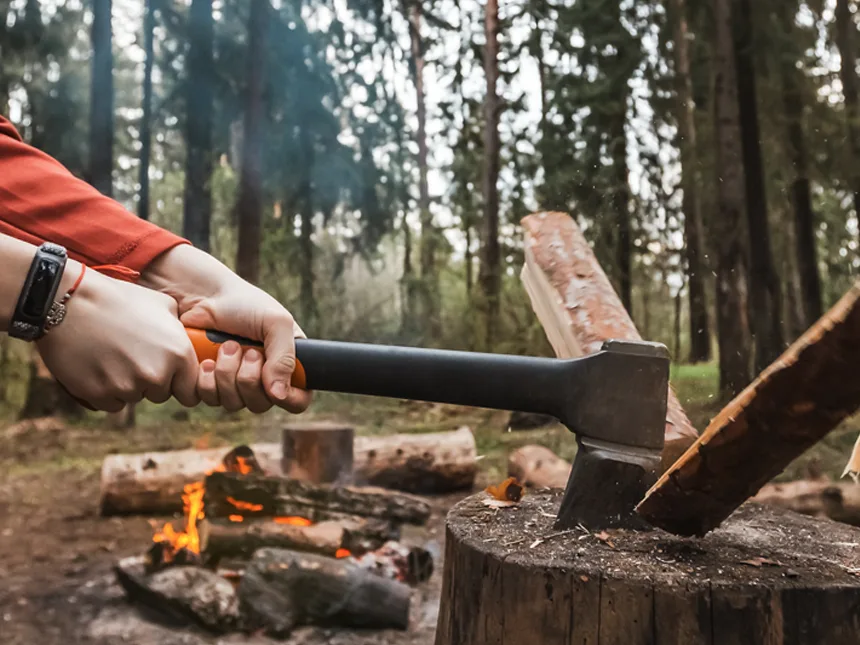Beech Firewood: A Complete Guide
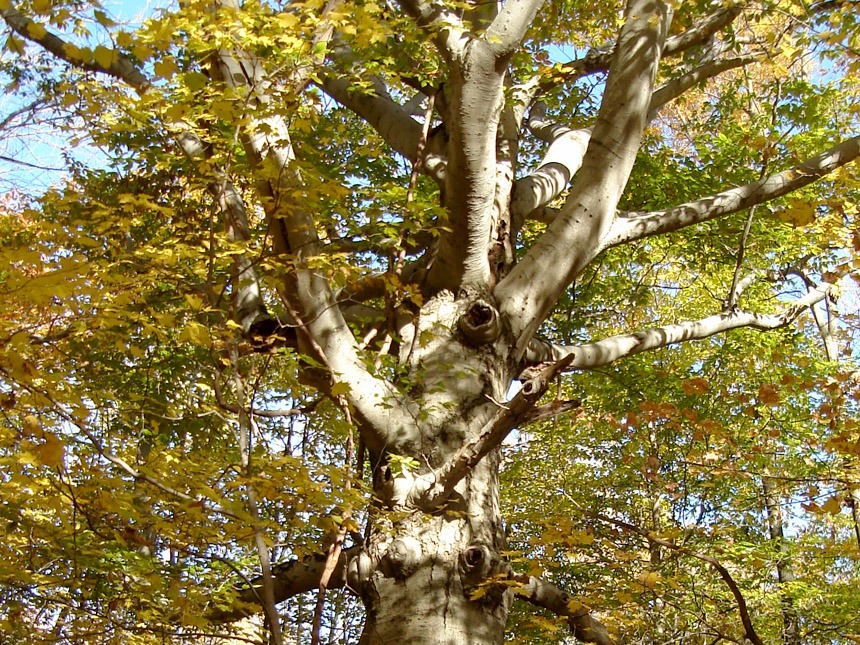
Timber Gadgets is reader-supported. We may earn a commission if you buy through the links on our site.
Beech produces high quality firewood; its heat output value is close to Oak, which is pretty high. It produces low smoke and excellent coals are produced by beechwood.
However, splitting the beech firewood is one tricky task. Beech is a hardwood species which produces dense wood that’s why it is excellent for firewood purposes and as a building material.
Table of Contents
Is Beech Good Firewood?
Beech is very good firewood and one cord can burn to produce 27.5 million BTU of seasoned wood which produces nice fragrance, quality coal and very less smoke.
However, trees may be hollow and it is difficult to split the wood into pieces. Hollow wood provides less mass per unit volume which affects burning quality parameters.
- Heat Output (BTUs): 27.5 million
- Smoke Production: Low
- Spark Output: Low
- Quality of Coal: Excellent
- Fragrance or Smell: Good
- Overall Rating: Excellent
Burning qualities of beech firewood
Beechwood outperforms many other tree species; only a few are superior to it. Heat output of beech firewood is very high.
Hollow wood can reduce the burn time of the firewood as it occupies more volume in the stove with less mass. Otherwise, solid wood burns slowly, takes time to burn and produces good quality coal.
Splitting beechwood can be difficult work; the stem can be hollow, reducing the yield. This reduces overall performance of beechwood compared to other species with similar burning qualities.
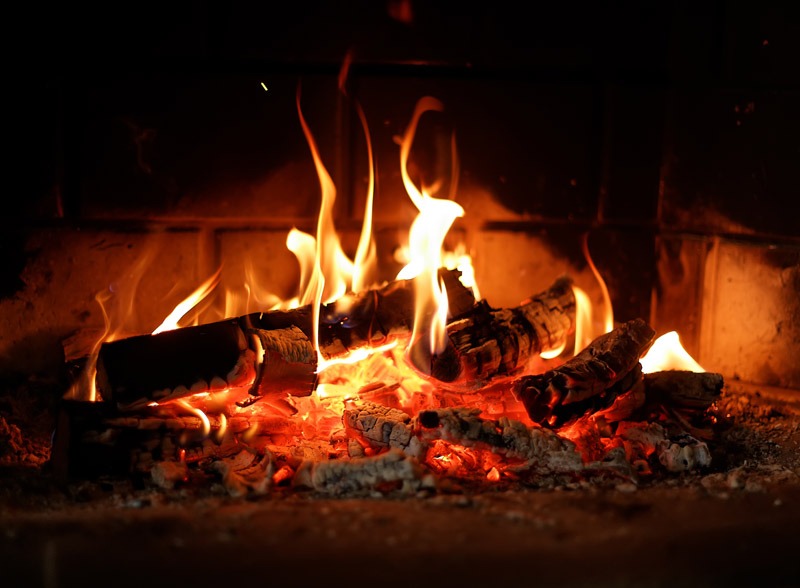
Heat output
Beech, black locust, hickory and oak have competing burning qualities and are considered top quality firewood.
Heat output is an important characteristic but coal quality, spark, smoke and fragrance also take equal part to determine the firewood quality and all of these characteristics need to be considered while considering a firewood.
While many good firewood have BTU output around 20 million, beechwood has BTU output of 27.5 million which is very high thermal output so makes it a high quality firewood only if it is seasoned properly for at least one year or in the kiln otherwise to less than 20 percent moisture.
Beechwood offers such high BTUs because of its high-density wood and low moisture which is not found in other species in the area.
Creosote
Burning firewood in your stove can lead to chimney buildup of creosote which is important to be maintained for steady working of your heat instrument.
Creosote is a black tar like compound which has many uses in industry but in your stove, it may just build up on the inside walls of the chimney resulting in the narrowing of the smoke passage. It can also lead to chimney fires because it is highly flammable if it gets built up in large quantities.
To avoid this problem, you should burn only well-seasoned firewood and clean the chimneys regularly and keep the stove clean.
Wet wood can lead to higher build-up of creosote and also depends upon the species which is being burnt.
Generally, the firewood higher in sap content produces more creosote.
Because beech firewood has less sap content so it produces very less quantities of creosote while firewood like a pine which has higher sap content produces pretty higher levels of creosote making poor quality of firewood.
Smoke
Very low smoke is produced by beech firewood while the firewood trees like pine produce huge quantities of smoke. If there is a high moisture content then any wood will produce smoke.
However, it is the attribute of high-quality firewood like beech and oak that these produce less smoke which is desirable. Seasoned beechwood producers less smoke with pleasant smell.
It’s a smoke that has a nutty texture so it is preferred for some smoky foods. Conclusively beech has low smoke with pleasant smell as compared to many other firewood species.
Spark
Sparks can be problematic if you are burning firewood in an open place or where there are flammable items and fire risks.
Some species of firewood can spark fairly powerful even some wood can blow the front panel off the stove. Uncontrolled sparks can lead to any catastrophe so this character is undesirable and should be monitored closely.
Smell
Fragrance is an important trait and adds to the premium quality of the firewood.
Beech produces a faint but pleasant smell and it has a nutty taste in its smoke. That is for completely seasoned firewood. If firewood is not seasoned properly and it is stored in a moist place it may develop mold and on burning it may produce a strange odor.
Many other species perform exceptional in this area (much better than beech) such as Cedar or Cherry which produce nice fragrance in their smoke on burning.
Coals
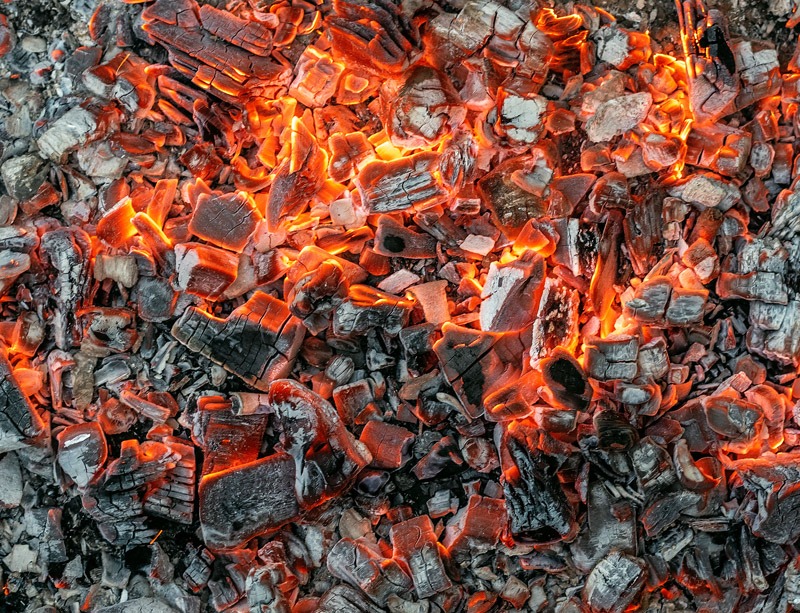
Firewood is often rated for its property to produce good coals.
All the woods that burn produce coals, the quality of coal determines the quality of firewood. Good quality coal will keep the fire burning for a very long time and it will provide you with more heat for more duration, maybe overnight.
So good quality coal also reduces your fuel needs or the amount of firewood you burn and it may also help you to restart a new fire from the remains. Beech produces high quality coal which burns for a long time and keeps your stove warm.
However, the typical problem with beechwood may be that due to its hollow wood, sometimes less coal is produced for the same volume of wood compared to a firm wood which is not hollow.
Comparing Beech Firewood to Others
| Species Wood Type | BTU’s (Million) | Weight Lbs/Cord |
|---|---|---|
| Osage-Orange | 32.9 | 4728 |
| Black Locust | 27.9 | 4016 |
| Beech | 27.5 | 3760 |
| Mulberry | 25.8 | 3712 |
| Black Walnut | 22.2 | 3192 |
| Birch | 20.8 | 2992 |
| American Elm | 20.0 | 2872 |
For the sake of simplicity, I’ve included two high BTU firewoods and two low BTU firewoods to compare to Beech. As you can see, Beech is one of the better woods for burning in your fire place.
Helpful Tip: Buying firewood
Firewood is usually sold by the unit of cord. Stack of wood 4 x 4 x 8 feet represents a standard cord. For the convenience of people who do not burn full size wood, firewood is also sold as a “rick” or “face cord” which is sized at 4 x 8 feet face and length is cut as desired.
Firewood can also be sold by weight in some areas. Dense and seasoned hardwood from hickory, oak or beech weighing a ton can be equal to half a cord.
Weight dominantly depends on species type and moisture content of wood. Hard and dense wood have more weight, high moisture also increases weight of firewood but lowers quality.
Splitting Beechwood
Splitting a piece of beech with a maul or splitting axe can have mixed results. Splitting beech firewood into small parts can range from easy to moderate depending on the piece of the wood.
Some pieces can be split with axe easily without extra effort. However, many beech tree pieces have a twist in the grain and they aren’t easy to split. It mostly depends on the tree. It’s rather easier by a lot to use a hydraulic splitter for such twisted pieces.
Using a splitting maul may prove more useful than an axe. Moreover, as mentioned previously, a hydraulic splitter is nice too.
Seasoning Beech Firewood
Beechwood usually takes one full year to be seasoned properly because it is a hardwood so it has higher density compared to many other firewood.
Proper storage high from ground and stalls not higher than 3 to 4 ft will produce a good seasoned firewood. This will reduce the moisture content to 18 to 20 percent which is required for good burn.
For more reading on this topic, see my guide on how long to dry firewood.
Helpful Tip: How to stack firewood
Usually, softwood with low density requires less time while hardwood with higher density requires more seasoning time to acquire ideal moisture level to be burnt smoothly.
Pine, a softwood may require only 6 months of seasoning while hardwoods like oak may require up to 2 years of seasoning to reach the required moisture level.
The estimates are presented under average circumstances but there is a great variation according to the climatic conditions and the way you have split and stacked the wood.
For the same kind of wood, it needs less time in dry and hot environments while more time is required in humid conditions with low temperature.
Beechwood requires more time for seasoning as compared to softwoods which may take 6 to 9 months for seasoning.
It is also recommended that to obtain ideal heat parameters, beechwood may be seasoned for 2 years.
Identifying Beech Trees
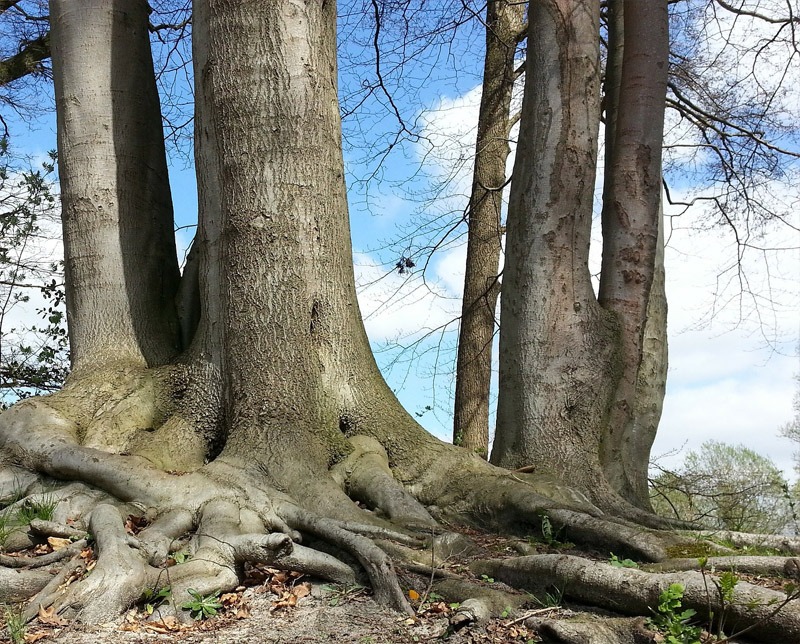
Beech trees can be identified from their bark which has a grey smooth texture. However, there are several species which are similar to each other so finding beech tree may be a little difficult. It is a high-quality hardwood specie and finds its ideal use in furniture and as a firewood.
They can grow in various conditions and usually need fertile soil with good drainage quality. It offers resistance to diseases and pests, however insects like borers still attack and affect its wood and other parts.
Dried and fully seasoned firewood changes color to brownish tan with light orange or pink overtone. Greenish or blue and black colors may indicate the growth of mold.
Appearance
Beech is a deciduous shade tree of tall height. It has leaves of lime green color and it creates a round and dense crown.
Small yellow green clusters of flowers are produced on almost all varieties of beech trees. Flowers later turn into beech nuts or beech fruit. Fruit is edible three-sided beechnut while the external case is soft and spiky.
Beech trees can be grown as privacy hedges or tall trees to provide shade in large landscapes. Beech tree has 13 species and belongs to genus fagus, most common are European beech tree and American beech tree.
Leaves
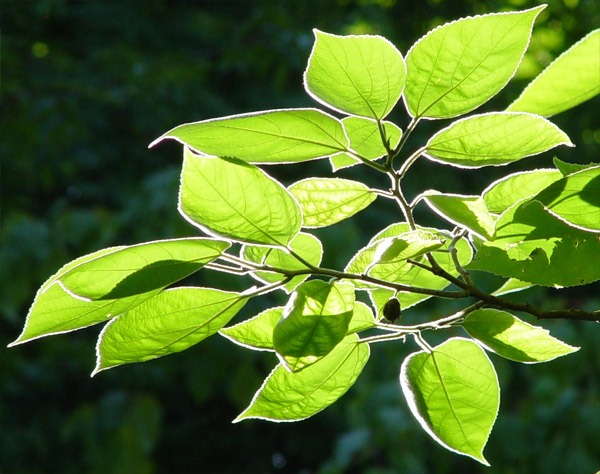
Beech trees have elliptic or oval leaves with the cut edges and the size of leaves can be from 2 to 6 inches in length and up to 4 inches in width. From midriff to the edge, leaf blade has parallel venation while on sideways veins can be pointed which can be used to identify beech leaves.
Beech leaves have dark green and glossy appearance. Young leaves can be lime green while in the fall season these turn into yellow, bronze and copper shades. These color variations make this tree ideal for landscapes.
Bark
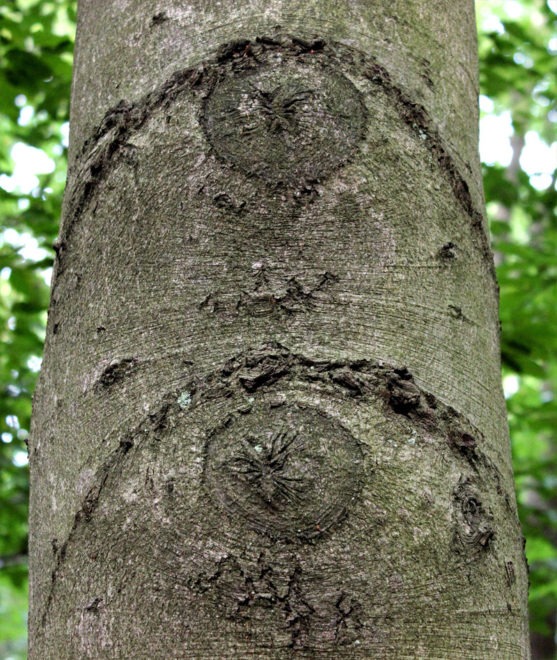
Bark of the tree is light grey in color and smooth in texture which may develop slight fissures as the tree gradually matures. In landscapes its silver gray bark gives a beautiful appearance and adds to the esthetic value of the landscape.
Location
It is native to Europe and temperate climates of North America.
Here we take look at some common beech verities
- American Beech – It is most important of all varieties of beech. Due to its hardwood qualities, it is often used in furniture and firewood. It can attain the height of 100ft. it has dark green leaves which turn yellow in fall.
- European Beech – It can grow as tall as American beech and has similar premium qualities. It also feeds a good firewood and used in furniture. Their leaves turn red brown in fall.
- Chinese Beech – It usually grows 65 ft tall. It does grow long into a single stem but branches at the base to give a bushy appearance. It often finds its use for ornamental purposes.
- Japanese Beech – It is relatively taller than Chinese beech. It shares properties with Chinese variety and divides at the base to develop multiple branches. It is also used for ornamental purpose, furniture and firewood.
- Mexican Beech – It is tallest of the beech varieties and can grow up to 130 ft. it finds it major demand in furniture due to its size and wood quality.
Other Types of Beech
Many other varieties of Beech exist, including: Dawyck Beech.
Summary: Is beech a good firewood?
Absolutely. Beech is one of the best woods to burn in your fire place. It has a high BTU compared to most (27.5 BTU), produces low smoke and sparks, has a nice smell, and long burning coals.
If you’re lucky enough to live in a part of the country where beech is easily accessible, consider burning it next year. It’s not as stubborn to split as some species and it dries in roughly a year.
Featured photo by: Marqqq, CC BY-SA 3.0, via Wikimedia Commons

